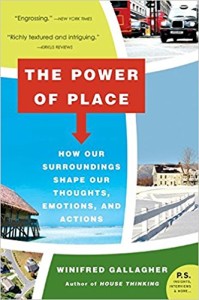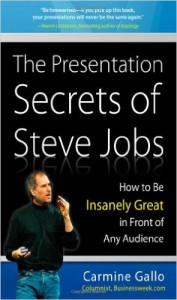The Right Words – Business Blogging Power Tools

It’s too bad that in the course of doing business, we get so tied up in making a good, marketable product and in serving our customers’ needs, we often forget how much help the right words can be. In fact, when it comes to web-based communication, words, along with images are our only tools. As a blog content writer, not only do I derive special pleasure in nicely turned phrases, I consider those “word tidbits” to be business blogging power tools.
Use “I did” phrases, not. “I am” phrases
Just as on a resume or in a job interview, employers want to see strong action words that highlight specific accomplishments rather than titles, a blog should focus on how the business or professional practice has been able to deliver value to customers and clients. In composing the blog content, think “we achieved”, “we improved”, “we created”.
Avoid zipping points
Zipping points, according to witty public radio host Michael Feldman, are over-used phrases he believes should be kept inside our heads and never allowed to escape our lips – or pens! Avoid once-popular expressions such as “going forward” and “low-hanging fruit”, or “game-changer”.
Use keyword phrases effectively
Proper use of keyword phrases to enhance Search Engine Optimization is the “science” part of the blogging equation. But avoid “stuffing” by keeping the percentage of keywords in the text below 5% of total content, incorporating the keywords in the text in an unobtrusive and natural way to that readers’ attention is focused only on the message.
Use words to put statistics into perspective
Using numbers in blog post titles is a great way to set expectations for a post. But where the words come in, I believe, is that one of the primary functions blogs serve is putting statistics into perspective, so that readers are given the answer to the “So what?” and “So, what’s in-it-for-me” questions.
Words you never use in blogging for business
There are three categories of potential trouble in choosing words, asserts Jay Baer, author of Hug Your Haters: words that lack humility, words that diminish the customer, and words of argument and avoidance. As business blog content writers, of course, we’re trying to create great online interactions with customers and prospects, so Baer’s advice is particularly apropos.
The right words are our business blogging power tools!

 Online visitors are “test-driving” your company or practice through reading your blog posts. They want to see whether you understand their problems and can quickly and effectively help solve those. Often, the way to be of most help to searchers is to offer “book reviews”, collections of material you have “curated” (gathered and presented) for them.
Online visitors are “test-driving” your company or practice through reading your blog posts. They want to see whether you understand their problems and can quickly and effectively help solve those. Often, the way to be of most help to searchers is to offer “book reviews”, collections of material you have “curated” (gathered and presented) for them.


Follow us online!